
- Conferences
- Conferences
- Research Fields
- What is Ergonomics?
- ESK News
- ESK News
- Payment
- Annual Fee
- Records
The purpose of the Human Factors & Ergonomics Society of Korea is to contribute to development, distribution, and application of ergonomics technology for overall human and social well-being.



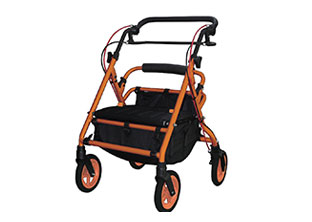
If human factors are not systematically considered from the design phase of a product or a workplace, a user’s mistake can be induced, or a possibility to cause a user’s discomfort, complaints, and even severe property and human life damages is high. Lots of time and cost will be required to correct and restore a wrongly designed product or workplace after it is made. The best solution to such a problem is to take into account human factors from the design phase of products, machines, tools, and working environments.
If ergonomics is adequately adopted to corporate management and operation, various benefits can be acquired from the organizational/corporate, employee, job, environmental, product/service, and user/customer aspects.
Employee
Employee welfare improvement
Communication improvement within a team and between teams Safe and efficient working conditions
Organization/Company
Productivity and efficiency improvement
Product level improvement, and sales and brand value increase
Decrease in management risk factors such as safety accidents
Effective manpower selection and training
Job
Efficient and effective work
Machine equipment and tools easy to learn and use
Improvement of work procedure and training program effect
Decrease in human error risks
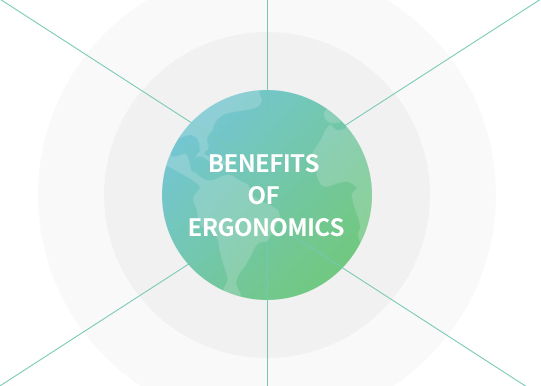
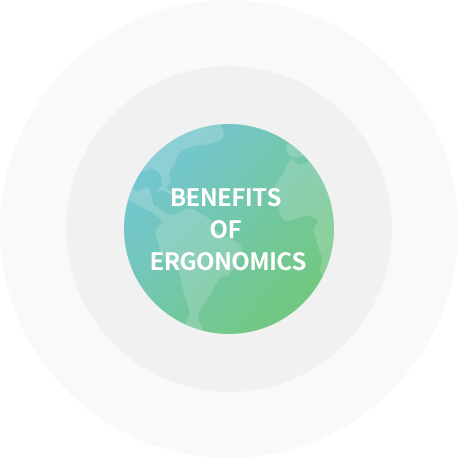
Environment
Employee and customer-friendly working environment
Safety, efficiency, and productivity improvement
User/Customer
Customer loyalty improvement
Increase in continuously using customers
Product/Service
Convenient and easily used products and services to which users give more affection, as they use them
More convenient and safer living through good products and services
Ergonomics contributes to the reduction of occupational accidents enormously, as ergonomics is widely applied to the prevention and management of musculoskeletal disorders including backache. As computers and cutting-edge electronics are widely diffused, ergonomics is vigorously applied to the design of user-friendly products and software. Ergonomics is recognized as an essential core technology for human-oriented products and service development.
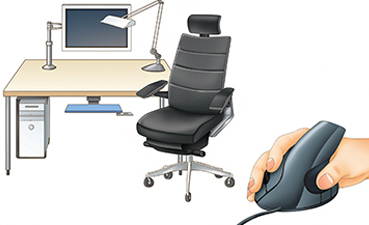
If ergonomic office furniture and office fixtures considering human’s physical characteristics and job features are used, work productivity and workers’ satisfaction increase. The ergonomic mouse minimizing the bending of fingers and wrist has become generalized.
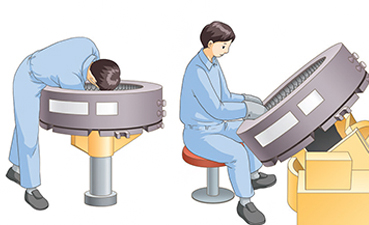
If the angle of work piece is made adjustable in the worksite, the risks of waist and neck injuries can be minimized.
The Ergonomics Society of Korea (ESK) was founded in 1982, and has been developing and diffusing ergonomic discipline and technology since then. We host regular conferences twice a year and conduct regular academic exchanges with the Japan Ergonomics Society. By successfully hosting the Pan-pacific Conference on Occupational Ergonomics in 1994 and the Congress of the International Ergonomics Association in 2003, we have provided publicity to ESK’s status to the world. In 2014, we founded the Asian Council on Ergonomics and Design and successfully hosted a relevant conference.
The Ergonomics Society of Korea (ESK) was founded in 1982, and has been developing and diffusing ergonomic discipline and technology since then. We host regular conferences twice a year and conduct regular academic exchanges with the Japan Ergonomics Society. By successfully hosting the Pan-pacific Conference on Occupational Ergonomics in 1994 and the Congress of the International Ergonomics Association in 2003, we have provided publicity to ESK’s status to the world. In 2014, we founded the Asian Council on Ergonomics and Design and successfully hosted a relevant conference.

The Human Factors & Ergonomics Society of Korea
Room# 614, 20, Teheran-ro 25-gil, Gangnam-gu, Seoul, Korea, Zip code : 06132
© The Human Factors & Ergonomics Society of Korea (ESK). All right reserved
 대한인간공학회 회원가입 약관
대한인간공학회 회원가입 약관 개인정보 처리방침
개인정보 처리방침 이메일 무단수집 거부
이메일 무단수집 거부